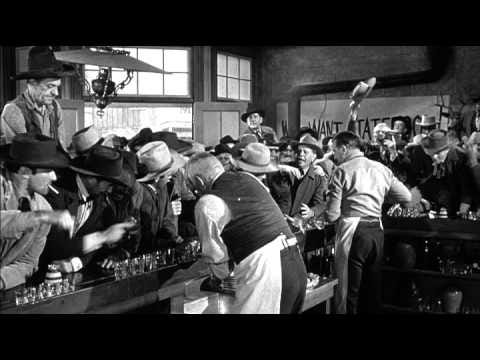“Nothing’s too good for the man who shot Liberty Valance!” says the train conductor, as the aged senator and his wife sit in their seats, returning to Washington from a visit out west. It is one of the bitterest ironies in all of American film. For the senator has built a whole political career on that reputation. Liberty Valance (Lee Marvin at his …
Keep reading with a 7-day free trial
Subscribe to Word & Song by Anthony Esolen to keep reading this post and get 7 days of free access to the full post archives.



